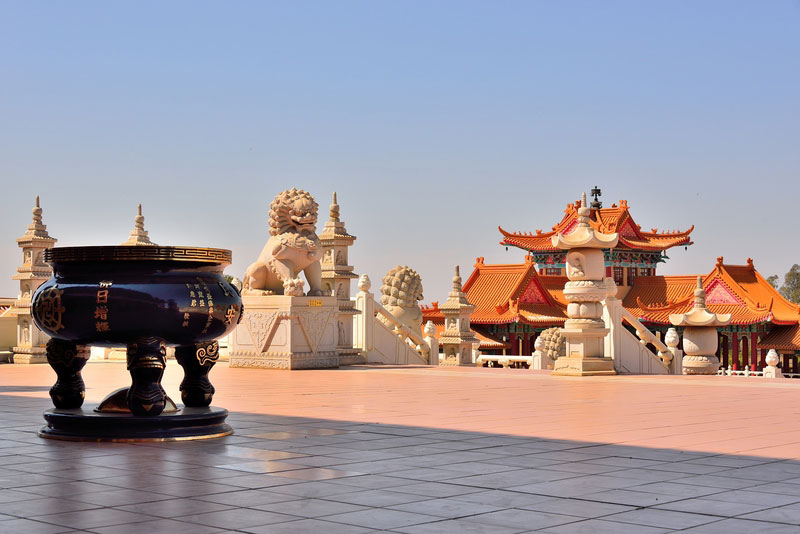Excitement About Johannesburg North Attractions
Excitement About Johannesburg North Attractions
Blog Article
Our Johannesburg North Attractions Ideas
Table of ContentsRumored Buzz on Johannesburg North AttractionsJohannesburg North Attractions - TruthsThe smart Trick of Johannesburg North Attractions That Nobody is DiscussingJohannesburg North Attractions Fundamentals ExplainedAll About Johannesburg North AttractionsThe Definitive Guide for Johannesburg North Attractions
The city grew on the edge of the Witwatersrand Key Reef, a subterranean stratum of gold-bearing quartz-silica conglomerate that arcs for hundreds of miles beneath the Highveld - Johannesburg North attractions. Many of the gold mines in the city discontinued operation in the 1970s, but in its day the Witwatersrand gold sector accounted for more than 40 percent of the world's yearly gold production.Johannesburg has a warm climate. Summer season temperature levels average regarding 75 F (24 C); wintertime temperatures balance regarding 55 F (13 C) and only sometimes dip below cold. The city appreciates concerning eight hours of sunshine per day in both winter season and summer. Rain averages concerning 28 inches (700 millimetres) per annum, but the overall differs significantly from year to year.
What rain the city gets falls virtually exclusively in the summertime months, frequently in stunning late-afternoon electric tornados., where many residents still rely on coal for fuel.

Some Known Facts About Johannesburg North Attractions.
The equilibrium of the city is occupied by whites. Lodging differs in character and quality.
Physical development, although rather restricted by transport, continued rapidly as migration to South Africa, and Johannesburg in particular, increased drastically. This trouble was resolved in the 1930s when the vehicle was presented in mass production to South Africa. Autos were, generally, restricted to the well-off, and allowed them to transfer to the north of the city and commute right into the centre.
Most inadequate residential areas were blended, with poor blacks and whites cohabiting, although the well-off residential areas were generally reserved for whites. This changed with the political election of the National Celebration in the 1948 elections, that started to formalise the system known as apartheid. Racism officially designated which residential areas each race could reside in under the Team Locations Act.
The previous system of eleven phoned number regions was reorganised in 2006. Marshalltown, as seen from the top of the Carlton Centre. The M1 and M2 run behind the buildings, and the southern suburban areas extend past the highway border. The central city of Johannesburg is situated within the city's Region F. The estimated populace of the region is 200,000, [] The number of people living in the inner city on a casual basis is unidentified, as numerous are prohibited immigrants. A lot of higher-income homeowners and white people have actually transferred to the northern suburban areas and have actually been replaced by lower-income black individuals. The joblessness, education and learning, and age accounts of the area are all unknown, because of the difficulty of acquiring trustworthy information regarding the location.
Unknown Facts About Johannesburg North Attractions
Yeoville and Bellevue have a mix of apartment structures and solitary domestic devices on small lots. The area is located on a mountainous divide that runs from east to west.

Johannesburg Stadium, a training school for both the Golden Lions and Orlando Pirates, is nearby. The eastern suburban areas of Johannesburg lie in the city's 7th [] and 9th [] areas. The location is also functionally incorporated with East Rand border towns beyond the main limit of Johannesburg, such as Bedfordview and Edenvale (both part of Ekurhuleni Metropolitan Community).
A Biased View of Johannesburg North Attractions
The eastern residential areas are some of the earliest locations of Johannesburg, there are big neighborhoods of Jewish and other European histories, the bulk of the populace is English speaking. There are three golf training courses as well as a number of safeguarded ridges with viewsites.
The area is mainly composed of old "matchbox" homes, or four-room residences developed by the federal government, that were constructed to provide inexpensive accommodation for black workers throughout discrimination. Soweto is an abbreviation, standing for "South Western Townships". Road after street in this field is lined with matchboxes; nevertheless, there are a couple of smaller sized locations where thriving Sowetans have built houses that are much more similar in stature with those in even more wealthy suburban areas.
Hostels are an additional popular physical attribute of Soweto. Originally developed to house male migrant workers, numerous have been improved as houses for couples and families. The N1 Western Bypass skirts the eastern limit of Soweto. The residential area was not traditionally permitted to develop work centres look at this now within the location, so practically all of its locals are travelers to other parts of the city.
Little Known Facts About Johannesburg North Attractions.
The N1 Western Bypass connects the north suburbs with the north-western suburbs. The residential areas in the northern suburban areas are primarily formal, without any substantial areas of informal real estate, or housing that does not have an over at this website irreversible structure. Although this is an established area, there is a trend of land usage modification from household to business, particularly along primary arterial roads and around well established nodes.
The area is well attached to road networks, particularly along the north-south axis developed by the M1 and N1. Roads to the east and west are much less well developed, as there are no highways taking a trip because direction. Towards the northern boundary of the more information city, the thickness of growth decreases, leaving big locations of primitive land around Midrand.
Johannesburg North Attractions - An Overview
The initial suburban area to the north of the central city is Parktown, which is located on a hillside overlooking the central city and Hillbrow. It has many wealthy locals and Edwardian-style mansions, along with the Education and Clinical universities of the College of the Witwatersrand. The large concrete Charlotte Maxeke Johannesburg Academic Healthcare Facility controls the horizon of Parktown.
Report this page